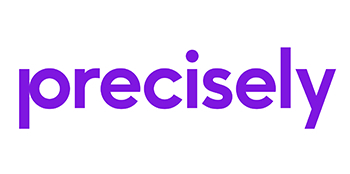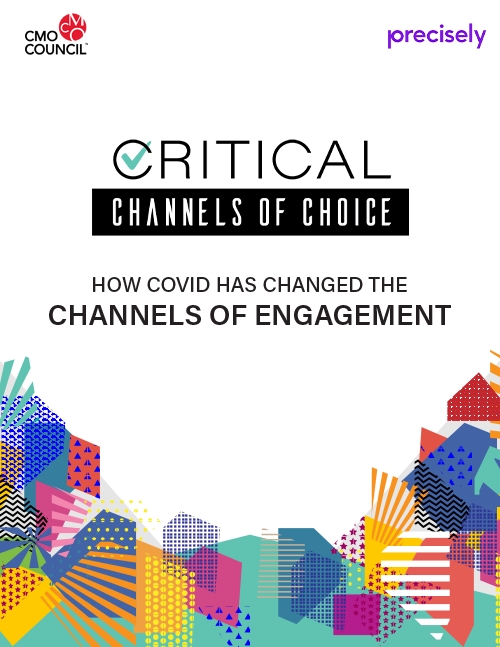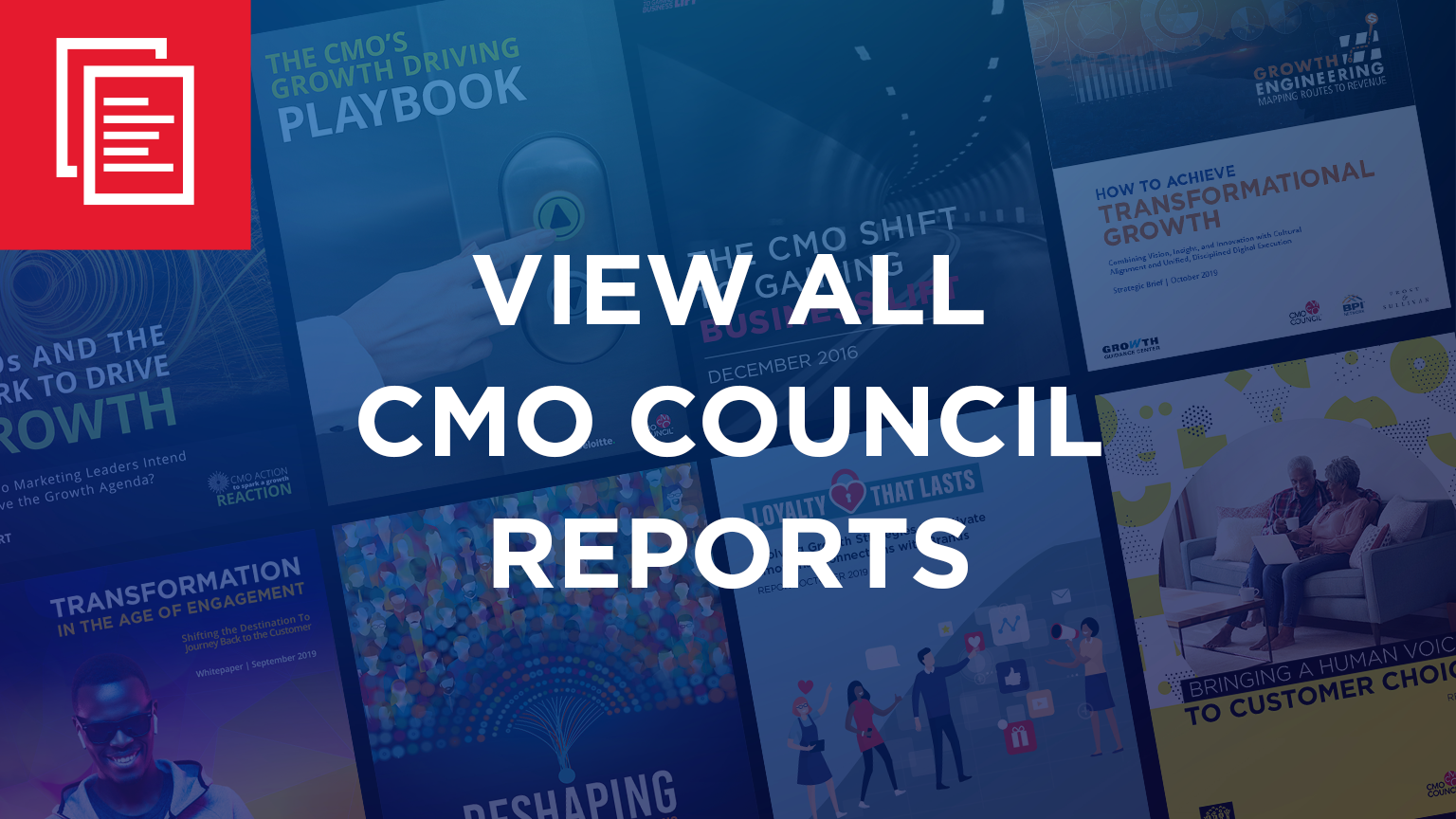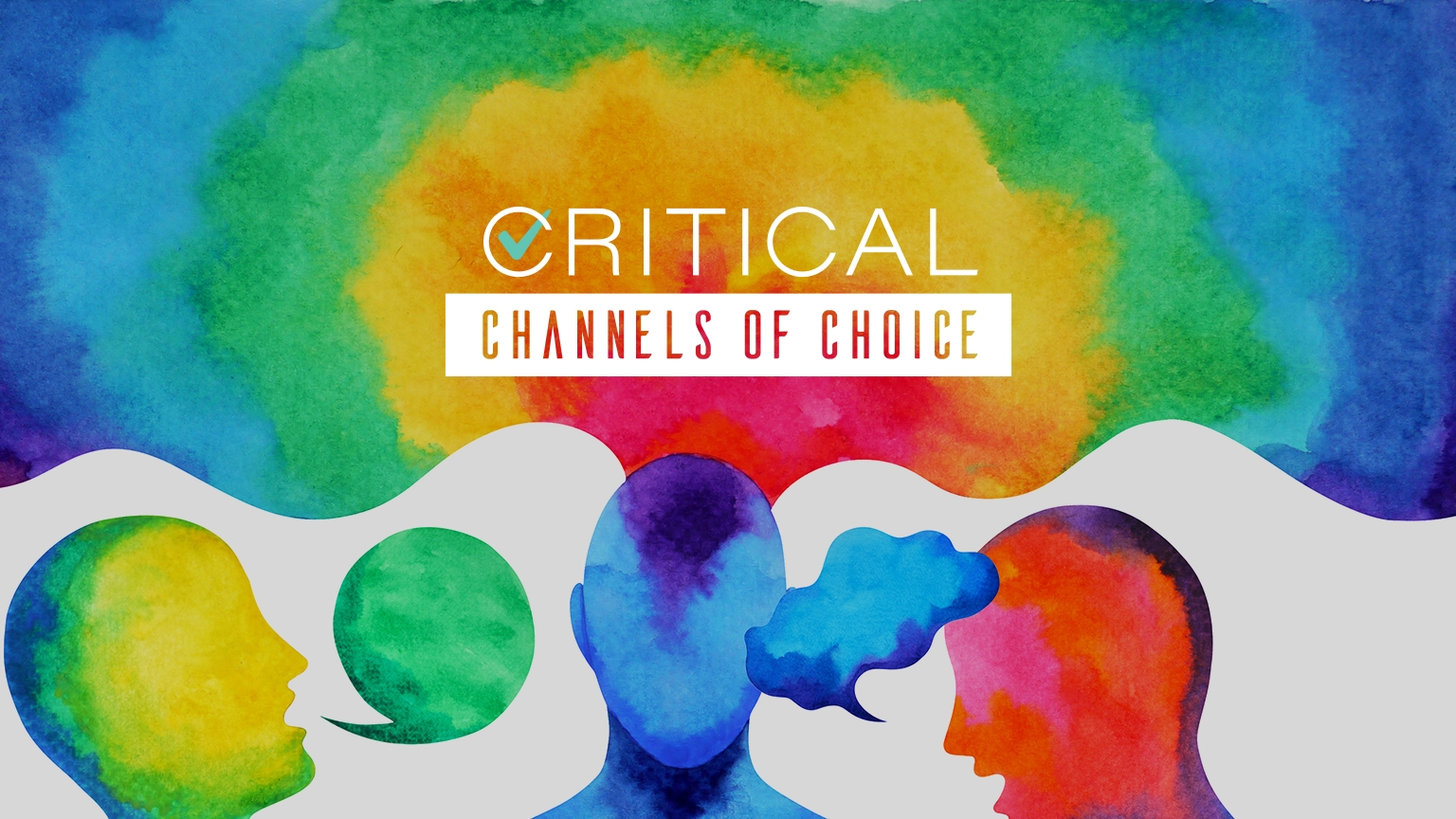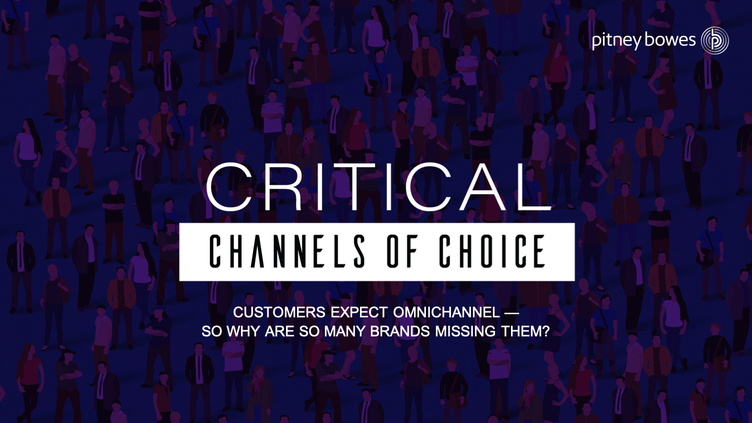How Covid Has Changed The Channels Of Engagement
Consumers across generations and geographies are moving to digital channels, and running into all sorts of problems. Now 73% of frustrated consumers are considering spending their dollars elsewhere. Brands need to get ahead of this before it’s too late. More



